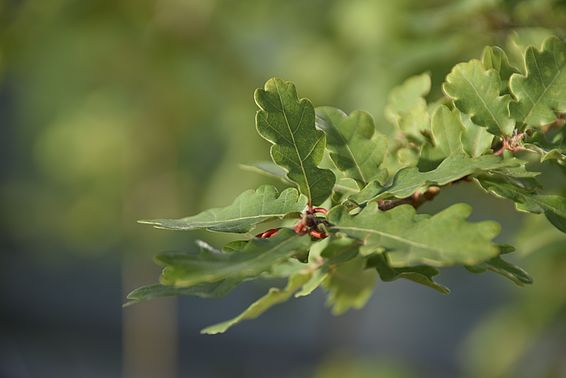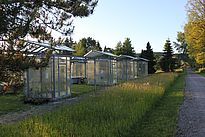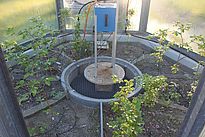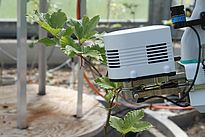Understanding how species interactions modulate long-term heat and drought impacts
2018 - 2024
The project aims to assess the physiological processes by which trees adapt and interact with each other under a changing climate, determine how these processes affect tree physiological responses to climatic stresses, and better understand long-term shifts in tree internal carbon and water cycles.
Context and motivation ¶
In recent decades, increasing temperatures worldwide have resulted in an exponential climb in atmospheric evaporative demand (i.e., vapor pressure deficit, VPD). Temperature and VPD have been increasingly important drivers of plant functioning in many terrestrial biomes, including significant contributors to recent drought-induced tree mortality. Simultaneously, changing precipitation patterns have led to an increasing frequency and intensity of drought events.
When exposed to abiotic (e.g., heat and drought) and biotic (e.g., species composition) shifts in the environment, plants can adjust their physiology to maintain optimal performance under more restrictive conditions. Trees exposed to drier and warmer conditions can, for instance, modify their fine-scale physiological traits to improve their water-saving and carbon gain strategies. Similarly, interactions between species have strong potential to help us understand how and why forests respond to heat and drought. Yet, although the capacity of trees to adjust their functioning to changes in their environment is widely recognized, climate-vegetation models rarely consider these processes, limiting our current ability to make long-term predictions.
Aims of the project ¶
Our overall objectives are to assess the physiological processes by which trees adjust and interact with each other under a changing climate, determine the consequences of these dynamic processes on tree physiological responses to climatic stresses, and improve our understanding of these effects on long-term shifts in tree internal carbon and water cycles.
Experimental design and measurements ¶
Using the Model Ecosystem Facility (MODOEK) at WSL in Birmensdorf, we have exposed young trees to a combination of heating (+5C relative to ambient) and drought treatment (-50% relative humidity in the soil compared to ambient) since spring 2018. Two tree species with contrasting tolerance to heat and drought were planted in the open-top chambers: Fagus sylvatica L. and Quercus pubescens Willd. The trees grow in multiple combinations (monocultures vs. mixtures), allowing us to assess the impact of their interaction.
Phenology and leaf temperature are continuously tracked on the plants. Multiple times during the growing season, we perform gas exchange measurements, hydraulic measurements, and foliar sampling (for non-structural carbohydrates, stable isotopes, and elemental analyses). We also measure multiple foliar anatomical traits to characterize foliar structural acclimation each year.



